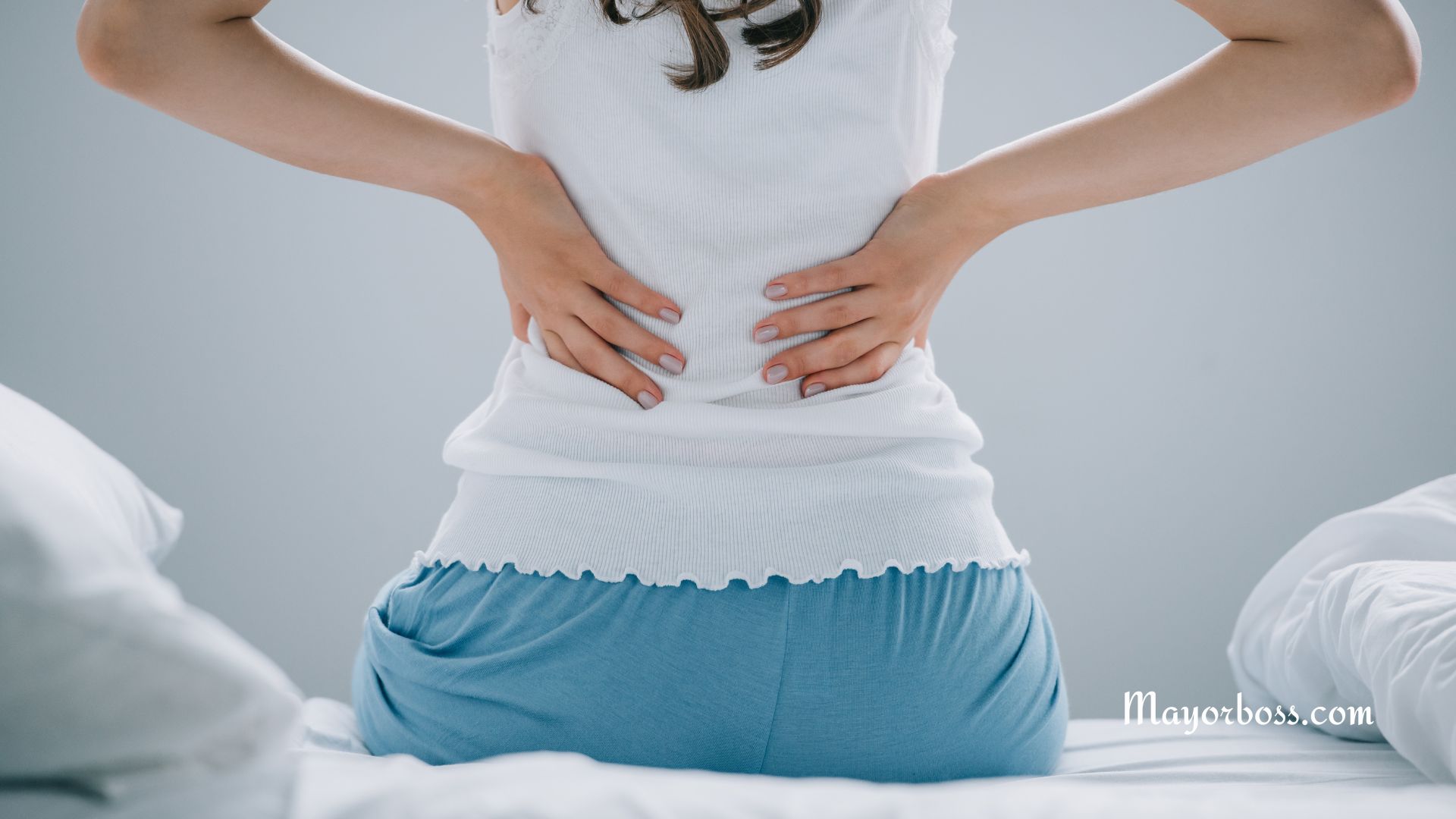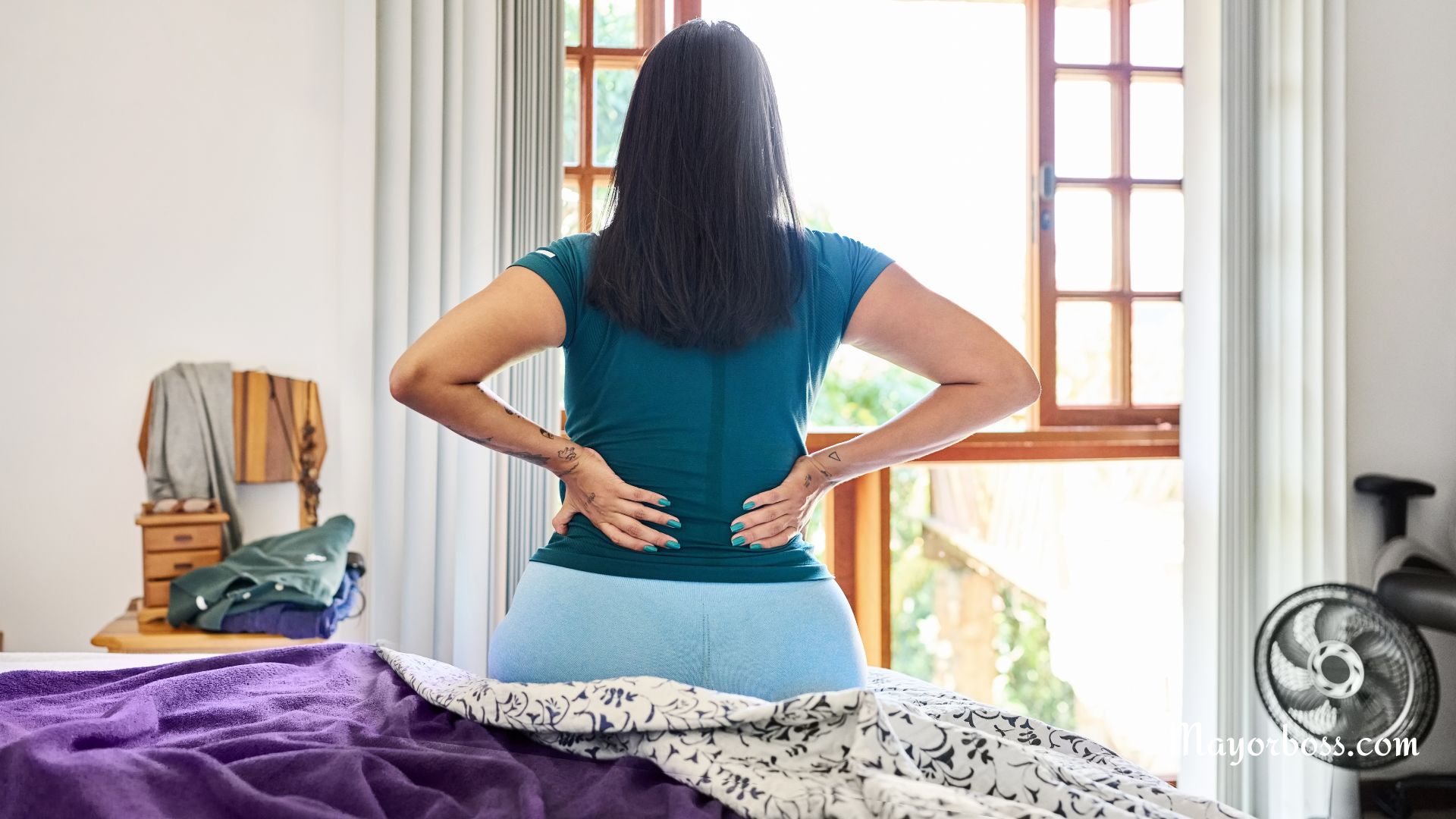Middle Back Pain: Causes And Treatment
Middle back pain is often due to muscle strain, poor posture, or spinal issues. It can affect anyone at any age, but certain lifestyle factors like sedentary behavior or heavy lifting can increase your risk. Conditions like herniated discs, osteoarthritis, and even stress can also contribute to discomfort in this region.

Muscle Strain and Sprains
What Happens When You Strain Your Back?
If you’ve ever lifted something heavy and felt a “pull” in your back, you’ve probably experienced a muscle strain. This is a common cause of middle back pain. A strain occurs when the muscle fibers stretch too far and tear. Similarly, a sprain happens when a ligament gets stretched or torn.
How Do You Know It’s a Strain or Sprain?
Typically, you’ll feel immediate pain and soreness in the affected area. You might also notice swelling or bruising. The pain usually intensifies when you move, so you’ll want to avoid certain activities until you heal.
Spinal Conditions
Herniated Discs and How They Affect You
A herniated disc is another culprit for middle back pain. In this condition, the soft material inside a spinal disc leaks out, pressing against the surrounding nerves. You’ll feel a sharp, radiating pain that can even extend to other parts of your body.
Osteoarthritis
Often considered an age-related issue, osteoarthritis can also contribute to middle back pain. It occurs when the cartilage between your joints wears down, causing bones to rub against each other. This results in pain, stiffness, and reduced mobility.
Lifestyle Factors
The Role of Sedentary Behavior
In our increasingly digital world, many of us spend hours sitting at a desk. This lack of movement can contribute to middle back pain. Long periods of sitting can weaken your back muscles and strain your spine.
Heavy Lifting
Heavy lifting, especially without proper form, can put a lot of stress on your back. If your job involves lifting, make sure you’re using the correct technique to minimize the risk of injury.
Psychological Impact
Believe it or not, stress can also play a role in middle back pain. When you’re stressed, your muscles tend to tense up, causing discomfort in your back. Techniques like deep breathing and mindfulness can help you manage stress and, in turn, alleviate some of your back pain.
When to Seek Medical Help
If your middle back pain is persistent or worsening, it’s crucial to consult a healthcare provider. Additionally, if you experience symptoms like numbness, tingling, or severe pain that radiates to other parts of your body, you should seek medical advice immediately.
Treatment
Heat and Cold Therapy: The Basics
Applying a hot or cold compress can offer immediate relief. Cold packs reduce inflammation, while heat relaxes tense muscles. Some people prefer to alternate between the two for maximum effect.
Over-the-Counter Topicals: Do They Work?
Creams and gels containing ingredients like menthol or camphor can provide temporary relief. They work by creating a warm or cool sensation that distracts you from the pain.
Over-the-Counter Solutions: What’s Available?
Non-prescription pain relievers like acetaminophen or ibuprofen are often the go-to options for mild to moderate pain. However, long-term use can have side effects like stomach issues or liver damage.
Prescription Medication: When It’s Necessary
In more severe cases, your healthcare provider might prescribe stronger medication. Muscle relaxants and even opioid medication are sometimes used, although they come with their own set of risks and should be used cautiously.
Physical Therapy
Physical therapy offers a targeted approach to treating middle back pain. A therapist will guide you through exercises aimed at strengthening your back and improving your posture. But it’s not just about exercises; therapists also educate you on how to prevent future back issues.
Manual Therapy: What Is It?
In addition to exercises, manual therapy like spinal manipulation can also be part of a physical therapy program. This involves hands-on techniques to improve spinal alignment and reduce pain.
Acupuncture
Acupuncture is an ancient Chinese practice that involves inserting thin needles into specific points on the body. Many people find relief from back pain through this method, although the scientific evidence is still inconclusive.
Chiropractic Care: A Hands-On Approach
Chiropractors specialize in spinal adjustments, aiming to improve alignment and reduce pain. While some people swear by this method, it’s essential to consult a qualified practitioner for a proper diagnosis and treatment plan.
When Surgery Becomes an Option
Surgery is typically considered a last resort when other treatments have failed. Procedures like spinal fusions are invasive and come with risks, so they are usually reserved for severe cases involving nerve damage or spinal instability.
Minimally Invasive Options: What’s Available?
Some newer surgical techniques are less invasive and offer quicker recovery times. However, surgery should always be a well-considered decision, discussed thoroughly with your healthcare provider.
Exercise: A Lifelong Commitment
Regular exercise can prevent many cases of middle back pain. Activities like swimming, walking, or yoga are particularly beneficial for strengthening your back and core muscles.
Nutrition: What’s on Your Plate?
Believe it or not, what you eat can affect your back. A diet rich in anti-inflammatory foods like fish, nuts, and leafy greens can help manage pain.
Further Reading: What’s Causing Your Upper Back Pain And How to Treat it





